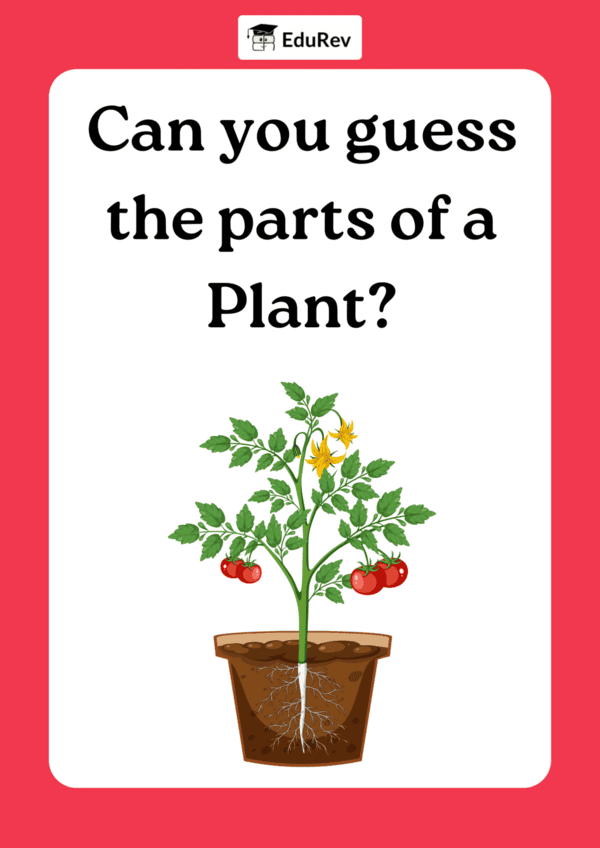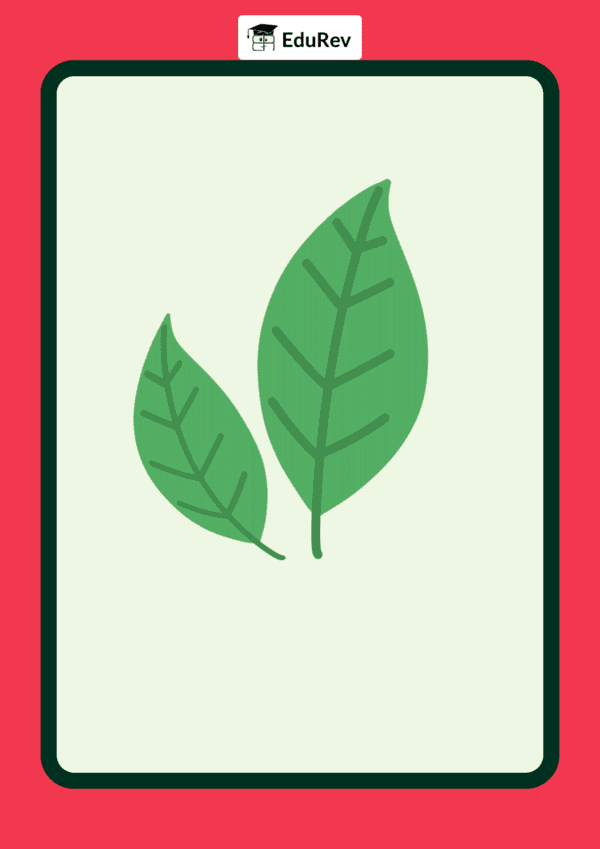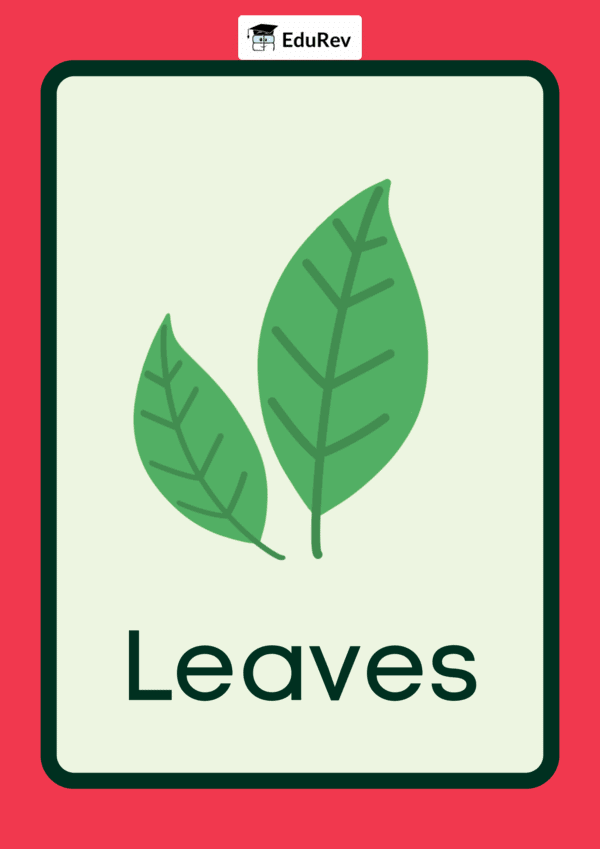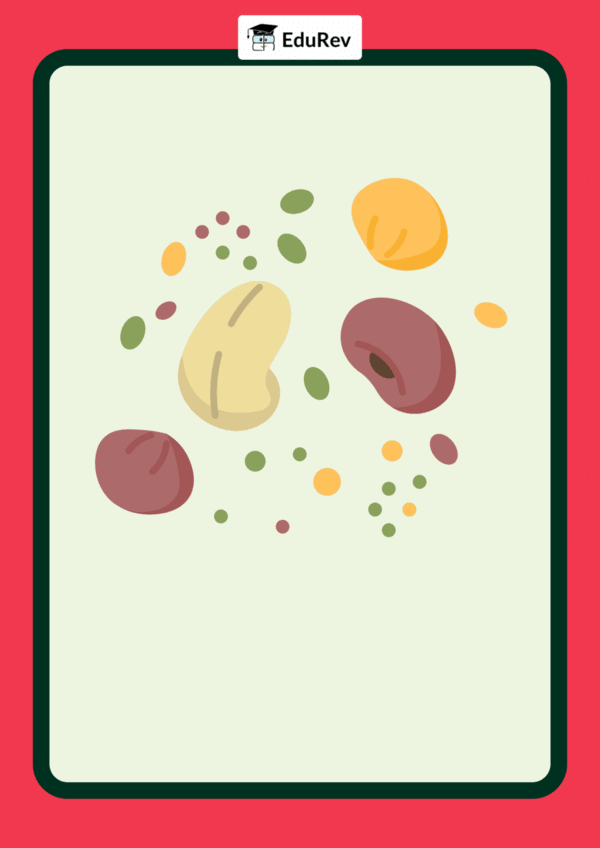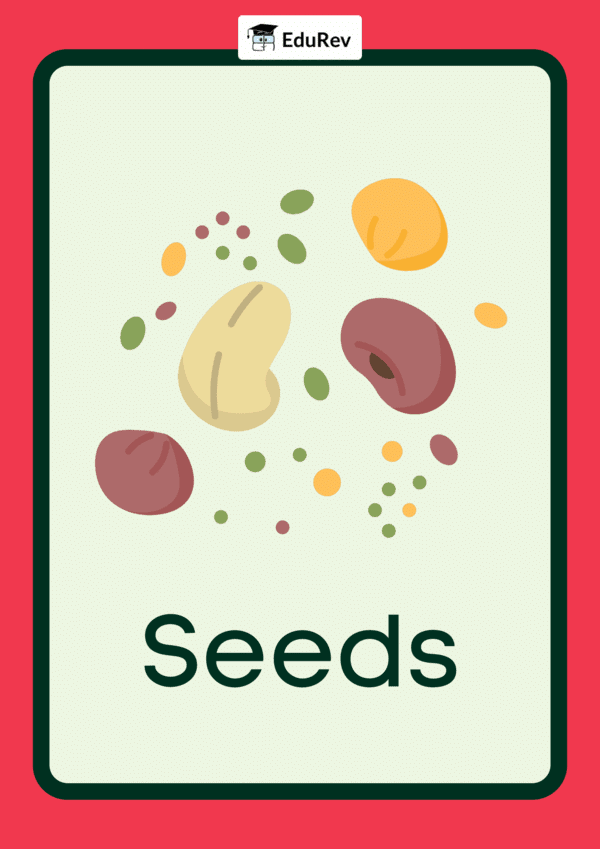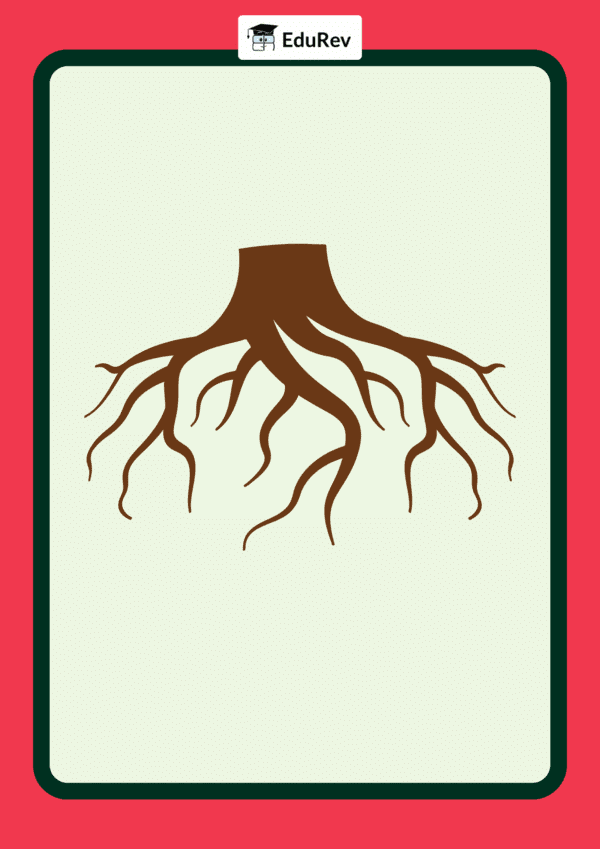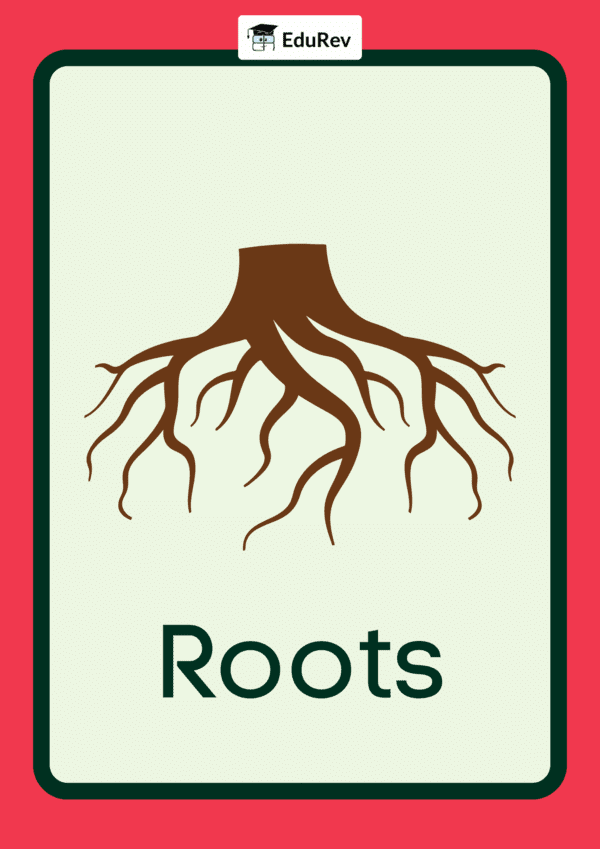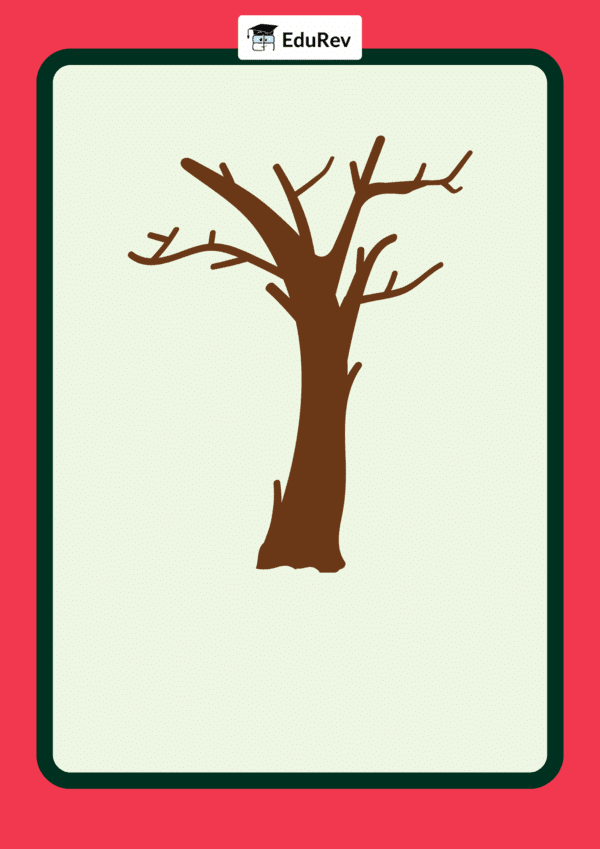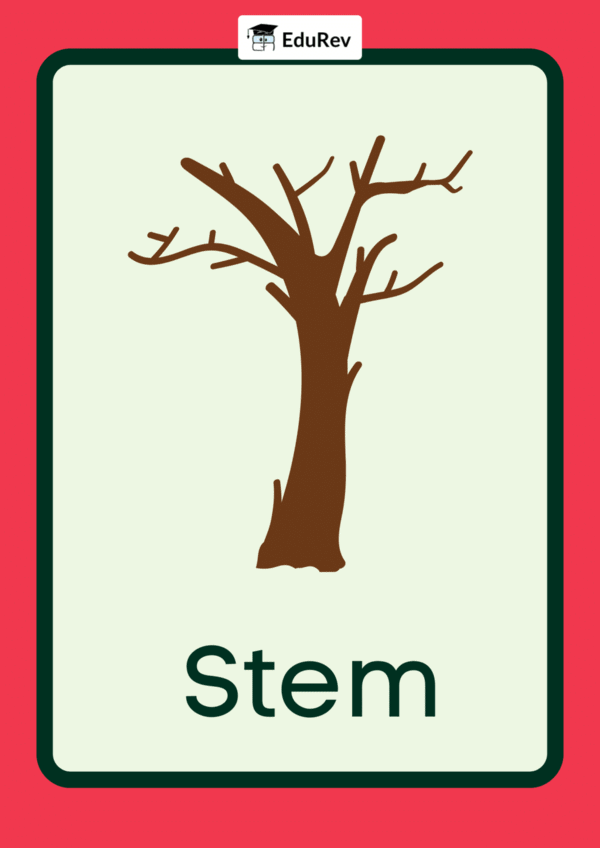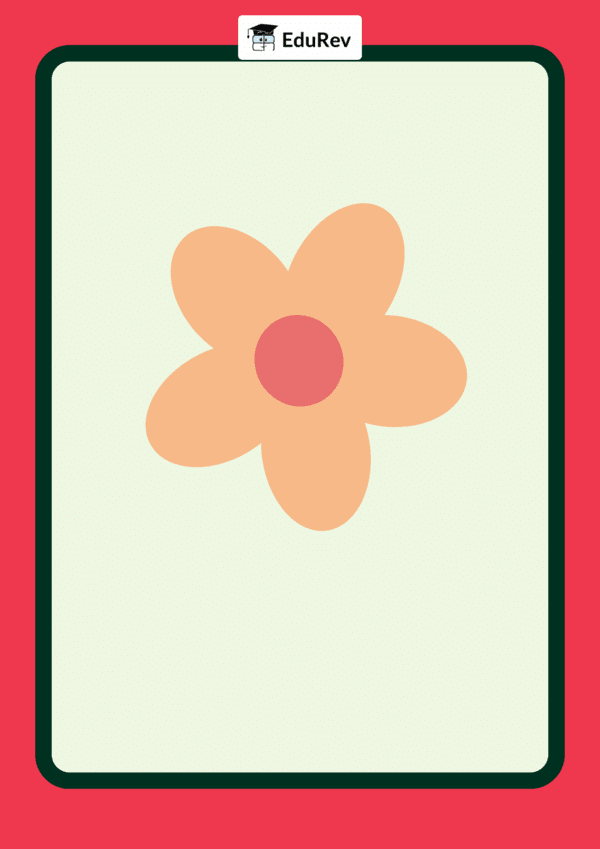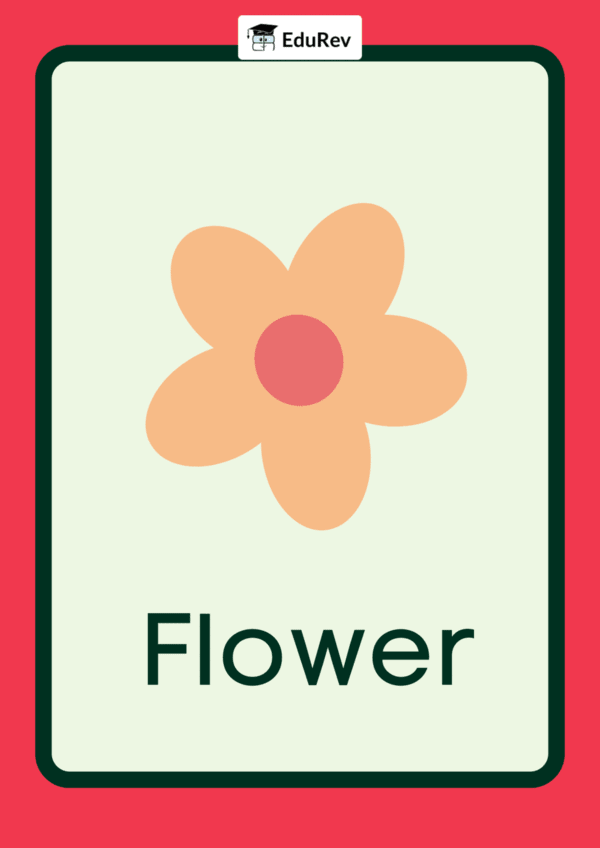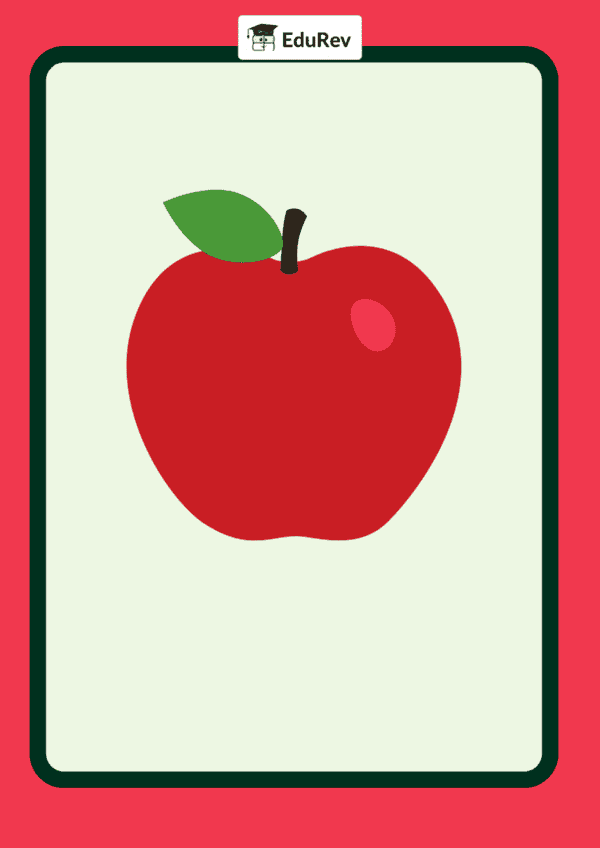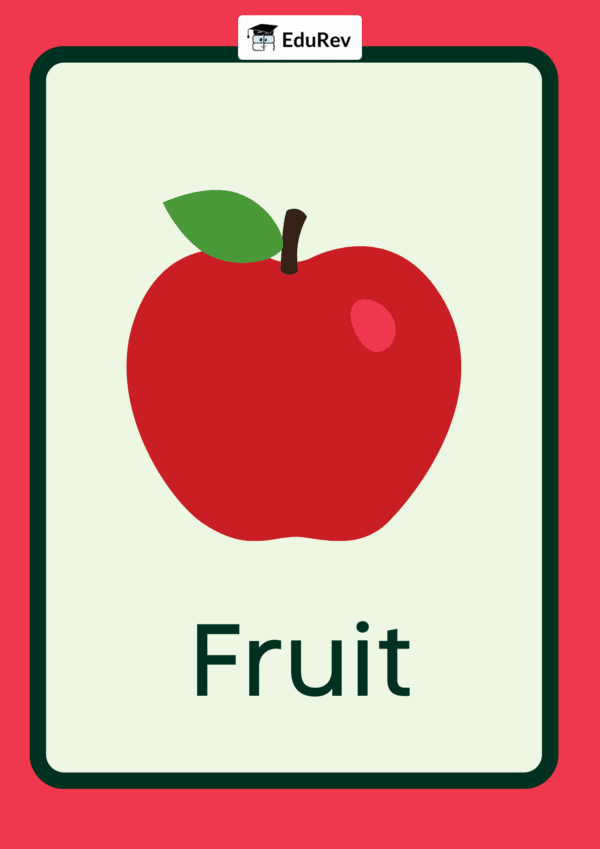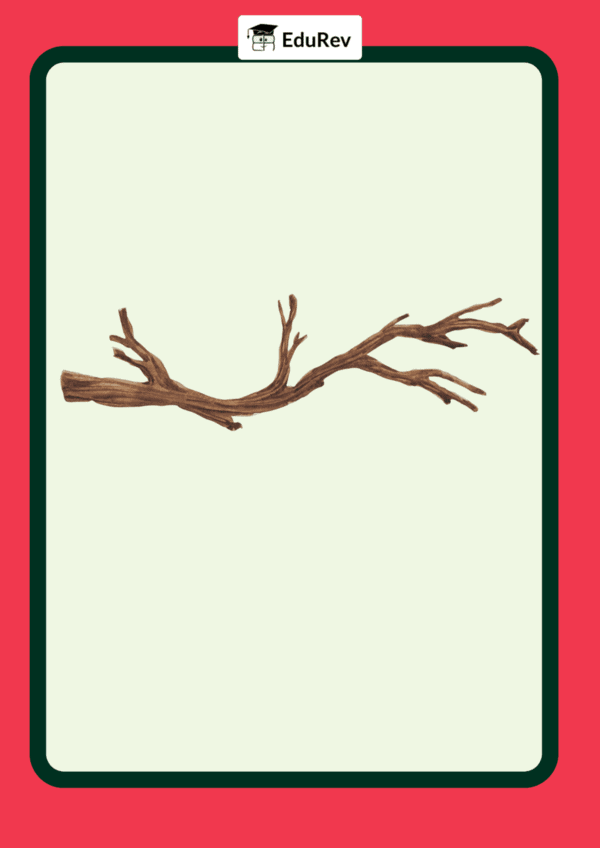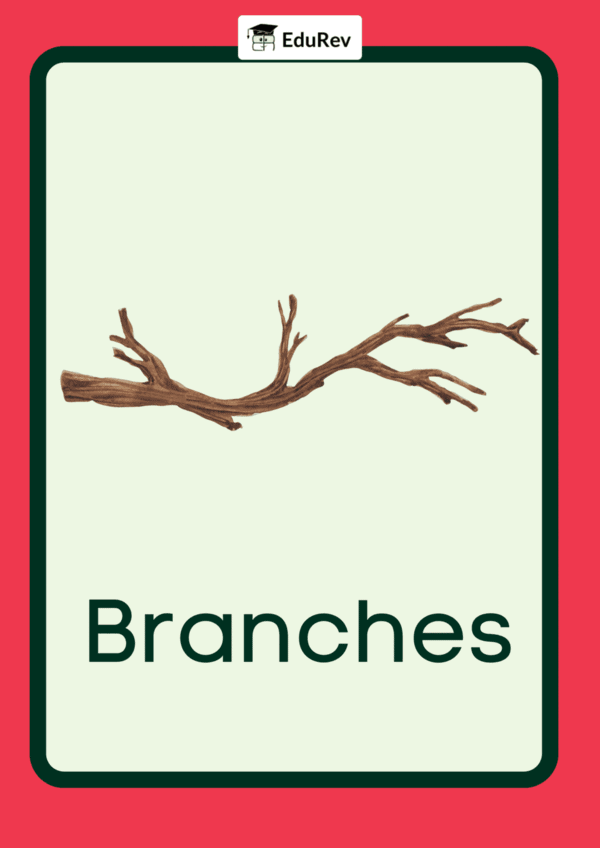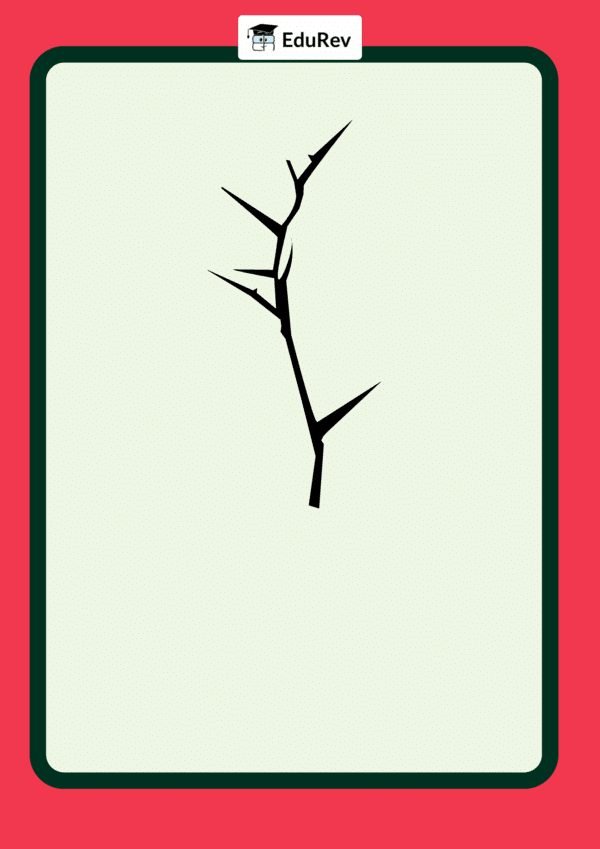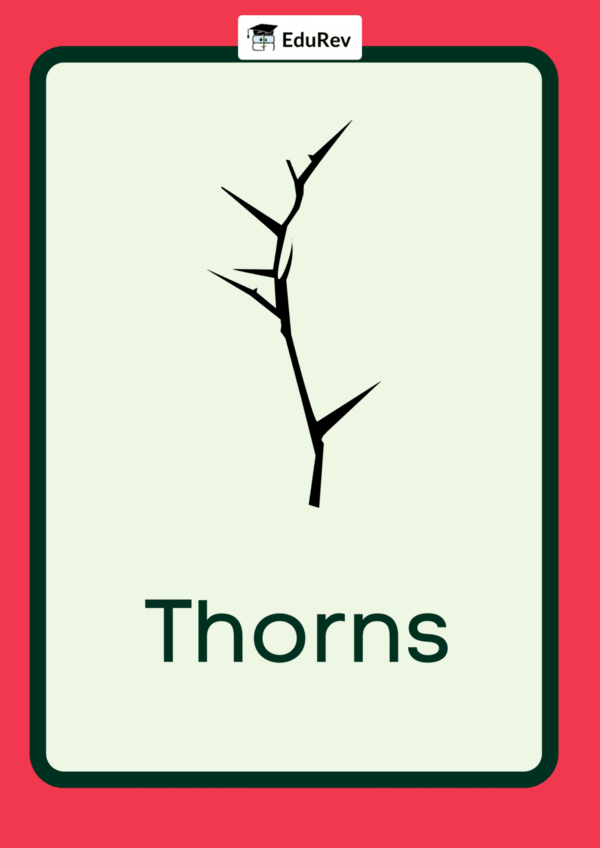 Unlock all Flashcards with EduRev Infinity Plan Starting from @ ₹99 only
|
Class 1 Exam > EVS for Class 1 > Flashcards: Parts of Plants
|
33 videos|215 docs|44 tests
|
FAQs on Flashcards: Parts of Plants Flashcard - EVS for Class 1
| 1. What are the main parts of a plant and their functions? |  |
Ans. The main parts of a plant include roots, stems, leaves, flowers, and fruits. Roots anchor the plant and absorb water and nutrients from the soil. Stems provide support and transport nutrients and water between the roots and leaves. Leaves are the site of photosynthesis, where sunlight is converted into energy. Flowers are involved in reproduction, attracting pollinators, while fruits contain seeds and facilitate their dispersal.
| 2. How do the roots of a plant benefit its growth? |  |
Ans. Roots play a crucial role in a plant's growth by anchoring it securely in the soil, preventing it from being uprooted by wind or rain. They also absorb water and essential nutrients from the soil, which are vital for the plant's survival and growth. Additionally, roots can store energy in the form of carbohydrates, which can be used when needed.
| 3. What is the role of leaves in photosynthesis? |  |
Ans. Leaves are the primary sites for photosynthesis in plants. They contain chlorophyll, a green pigment that captures sunlight, and convert carbon dioxide from the air and water from the soil into glucose and oxygen. This process is essential for plant growth and provides oxygen for other living organisms.
| 4. How do flowers contribute to plant reproduction? |  |
Ans. Flowers are integral to the reproductive process of flowering plants. They contain male and female reproductive organs, which facilitate fertilization. Flowers attract pollinators such as bees and butterflies, which help in transferring pollen from the male anthers to the female stigma, leading to seed formation. This process ensures genetic diversity and the continuation of plant species.
| 5. What is the significance of fruits in plant life cycles? |  |
Ans. Fruits are significant in the life cycles of plants as they protect developing seeds and aid in their dispersal. Once seeds mature within the fruit, they can be spread by various means, such as wind, water, or animals. This dispersal is crucial for the propagation of plant species and allows them to colonize new areas, ensuring their survival and adaptation to different environments.
Related Searches




